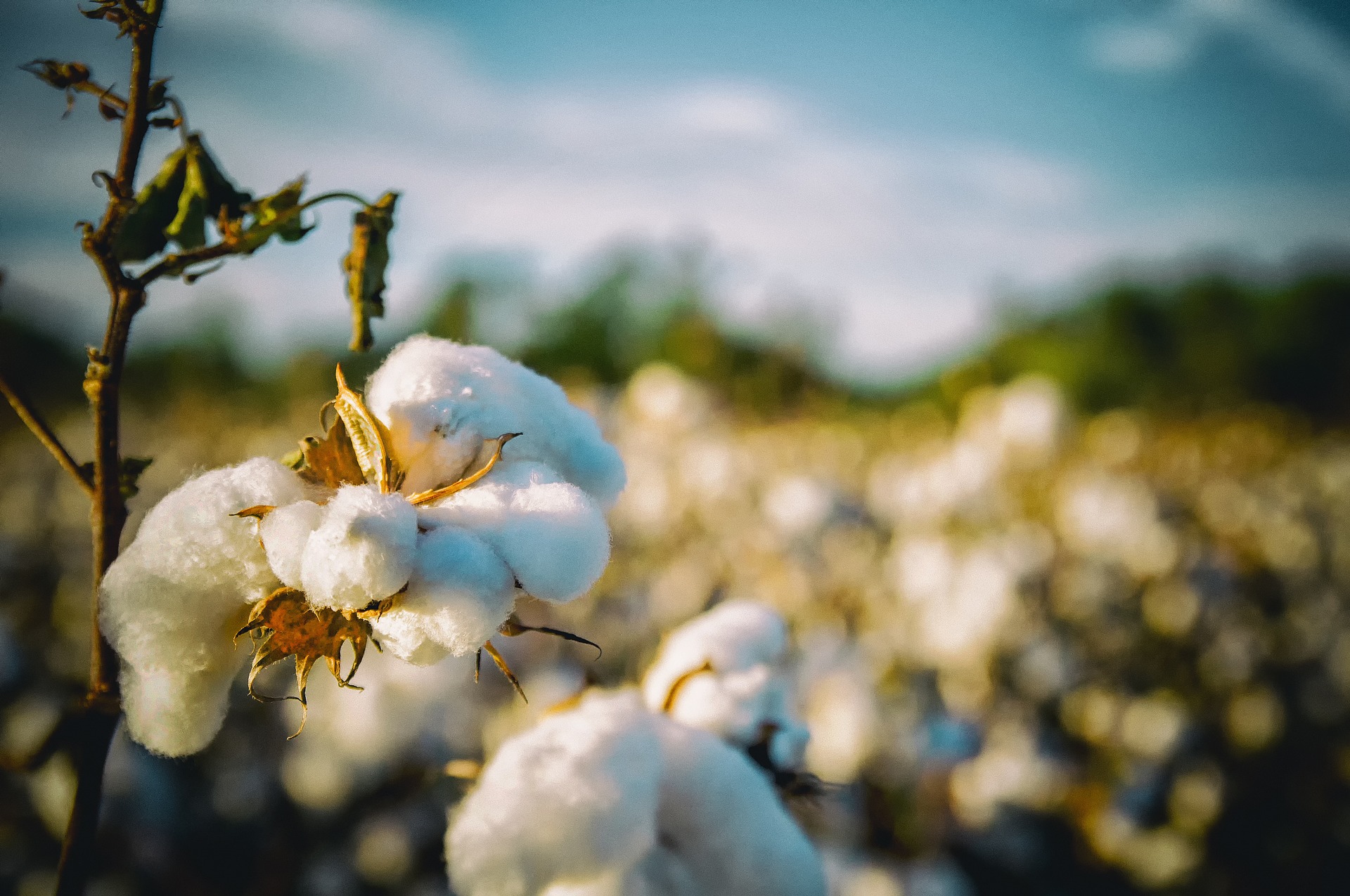Communicating importance of value-added products

Facing increasing pressure to quantify the value of export promotion efforts to investors, a U.S. industry organization retained WPI to develop a quantitative model that better communicated the importance of exports. The resulting model concluded that value-added meat exports contributed $0.45 cents per bushel to the price of corn, increasing support for that sector’s financial support of WPI’s client. In addition to serving the red meat industry with this type of analysis, WPI has generated similar deliverables for the U.S. soybean and poultry/egg industries.

 The CBOT was mixed on Wednesday with wheat futures dropping amid fund selling due to a stronger U.S. dollar and easing Russian FOB offers while corn drifted lower in lackluster, low-volume trade. While the grains were on the defensive, the soy complex found some support from technically related...
The CBOT was mixed on Wednesday with wheat futures dropping amid fund selling due to a stronger U.S. dollar and easing Russian FOB offers while corn drifted lower in lackluster, low-volume trade. While the grains were on the defensive, the soy complex found some support from technically related...
 A Washington International Trade Association discussion on trade policy with former officials from both the Trump and Biden administrations reinforced the bipartisan agreement on some trade policies. A day after House GOP representatives slammed USTR Katherine Tai for the Biden Administration&r...
A Washington International Trade Association discussion on trade policy with former officials from both the Trump and Biden administrations reinforced the bipartisan agreement on some trade policies. A day after House GOP representatives slammed USTR Katherine Tai for the Biden Administration&r...
 USDA reports that per capita flour consumption in 2023 fell to the lowest level in 37 years. Flour production and exports were lower, but so were flour imports. The question is why? It has been noted that consumers in developing countries with rising incomes tend to switch from rice consumption...
USDA reports that per capita flour consumption in 2023 fell to the lowest level in 37 years. Flour production and exports were lower, but so were flour imports. The question is why? It has been noted that consumers in developing countries with rising incomes tend to switch from rice consumption...